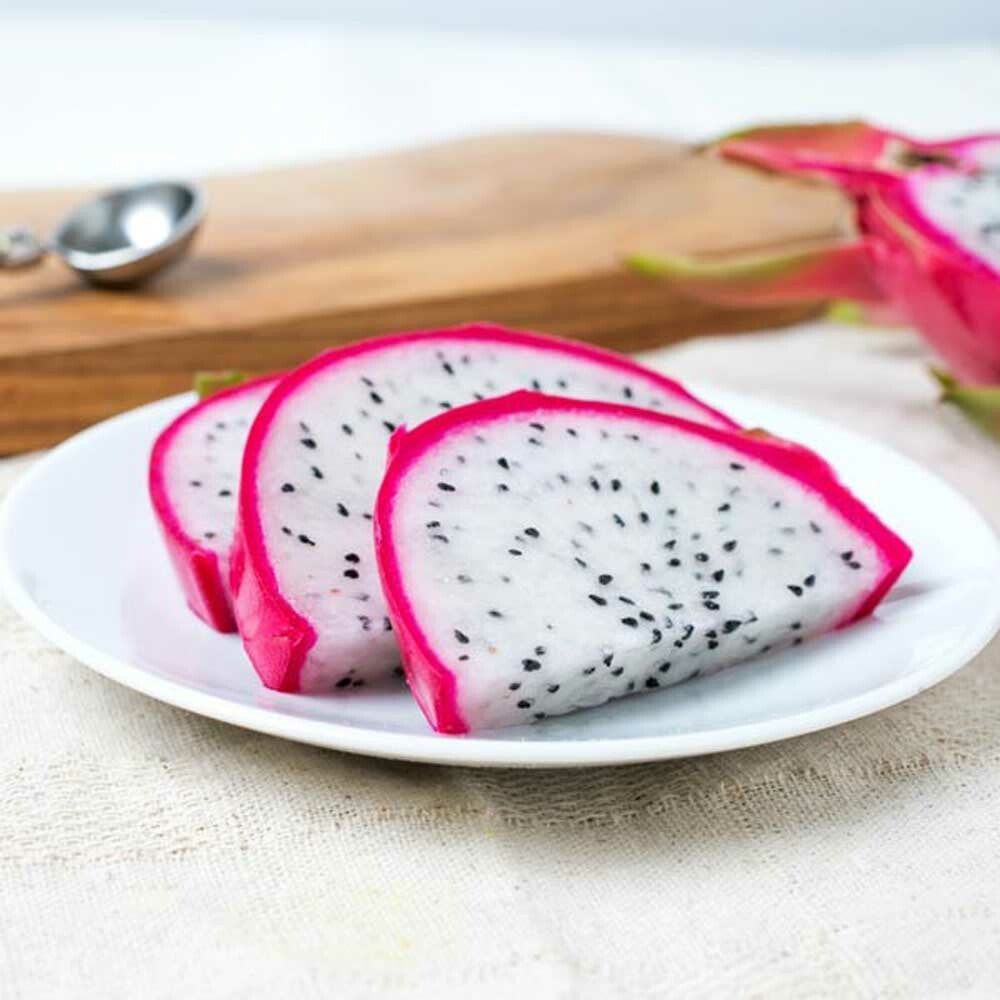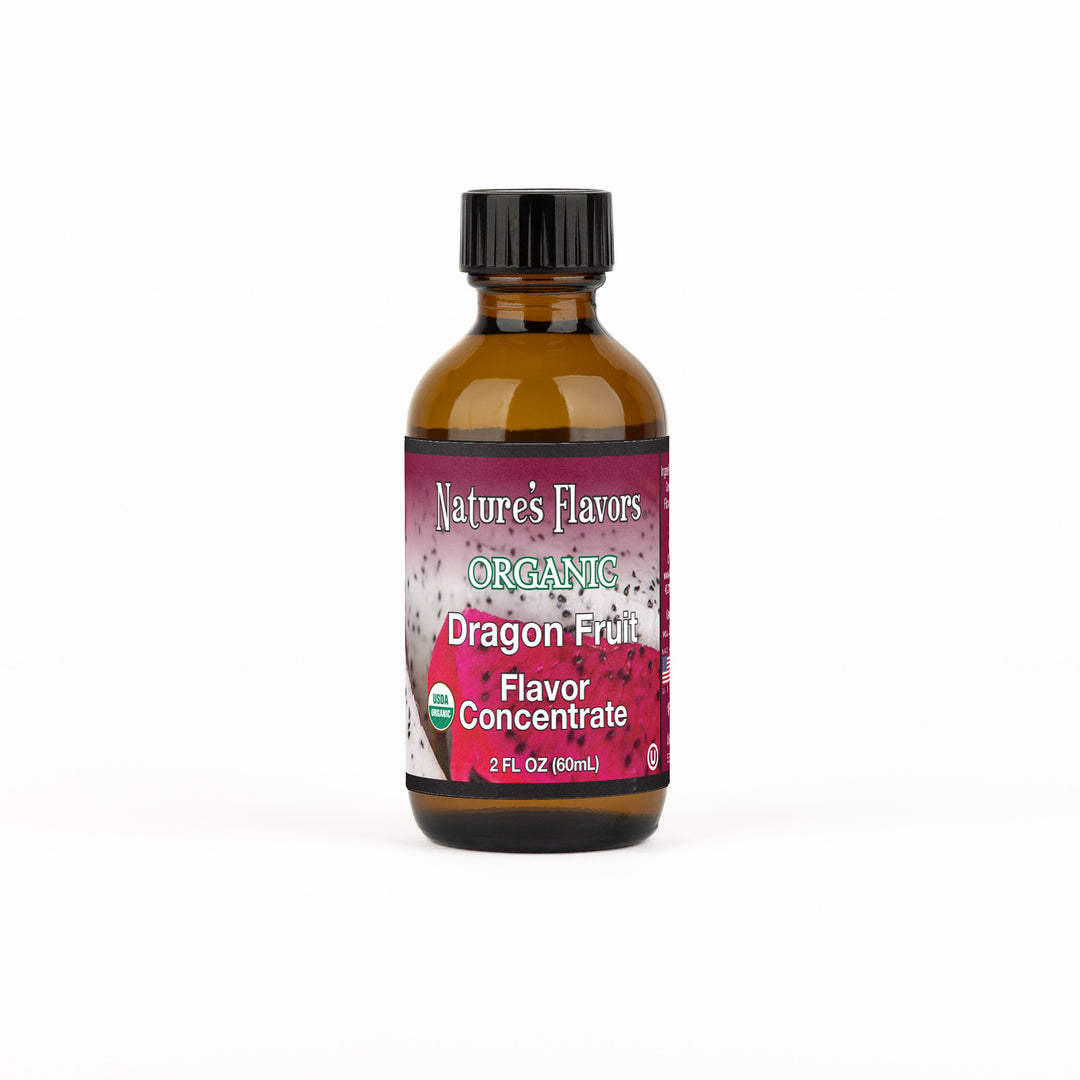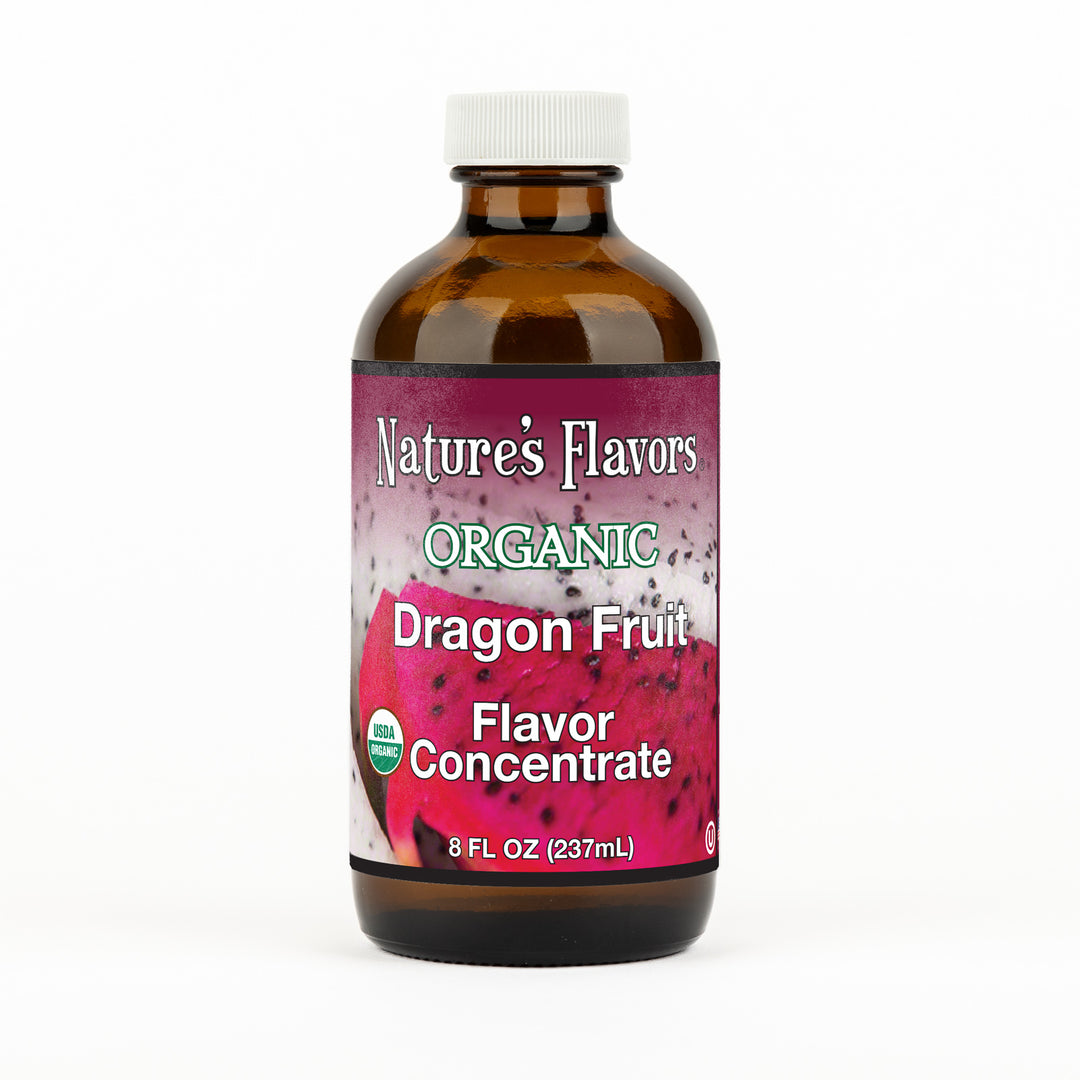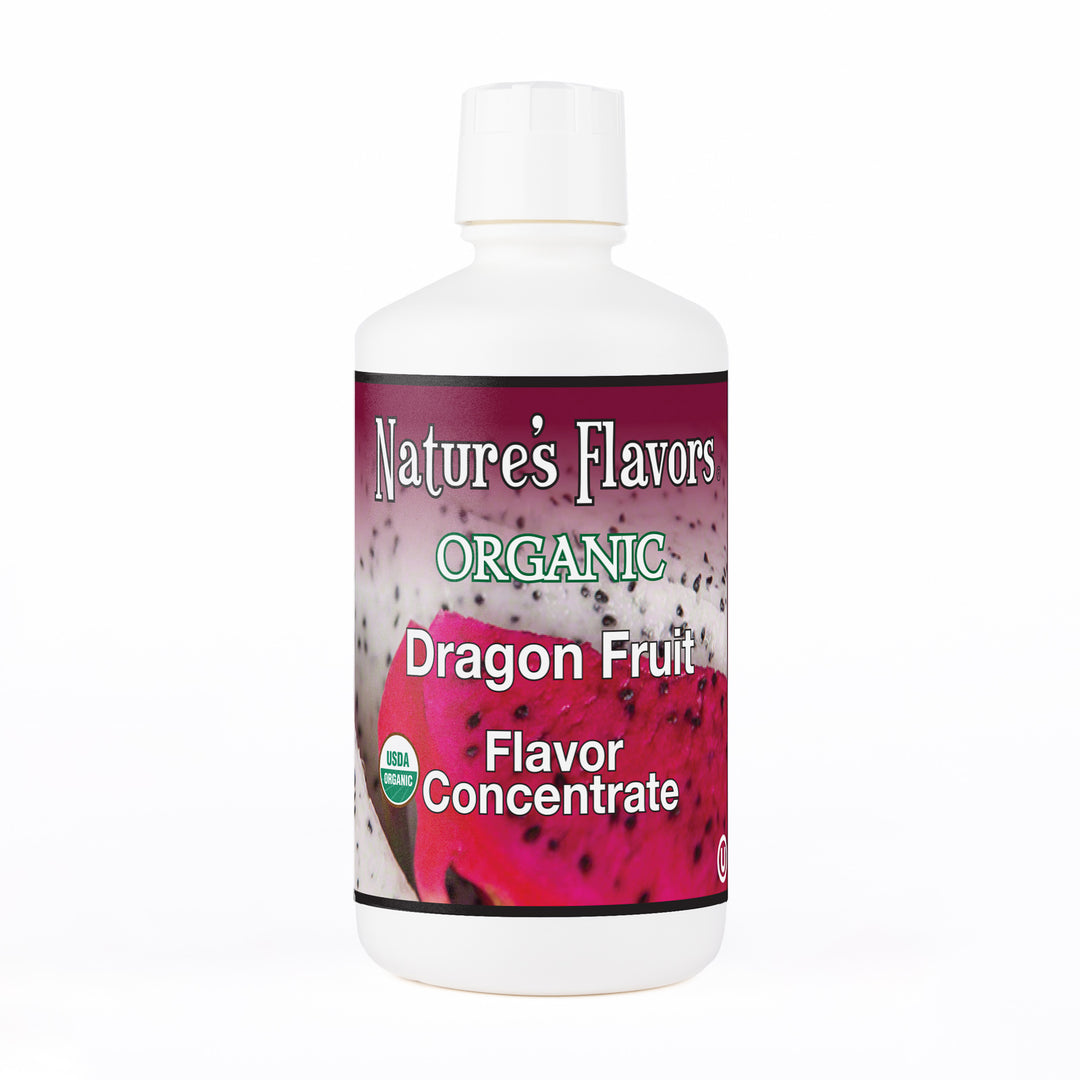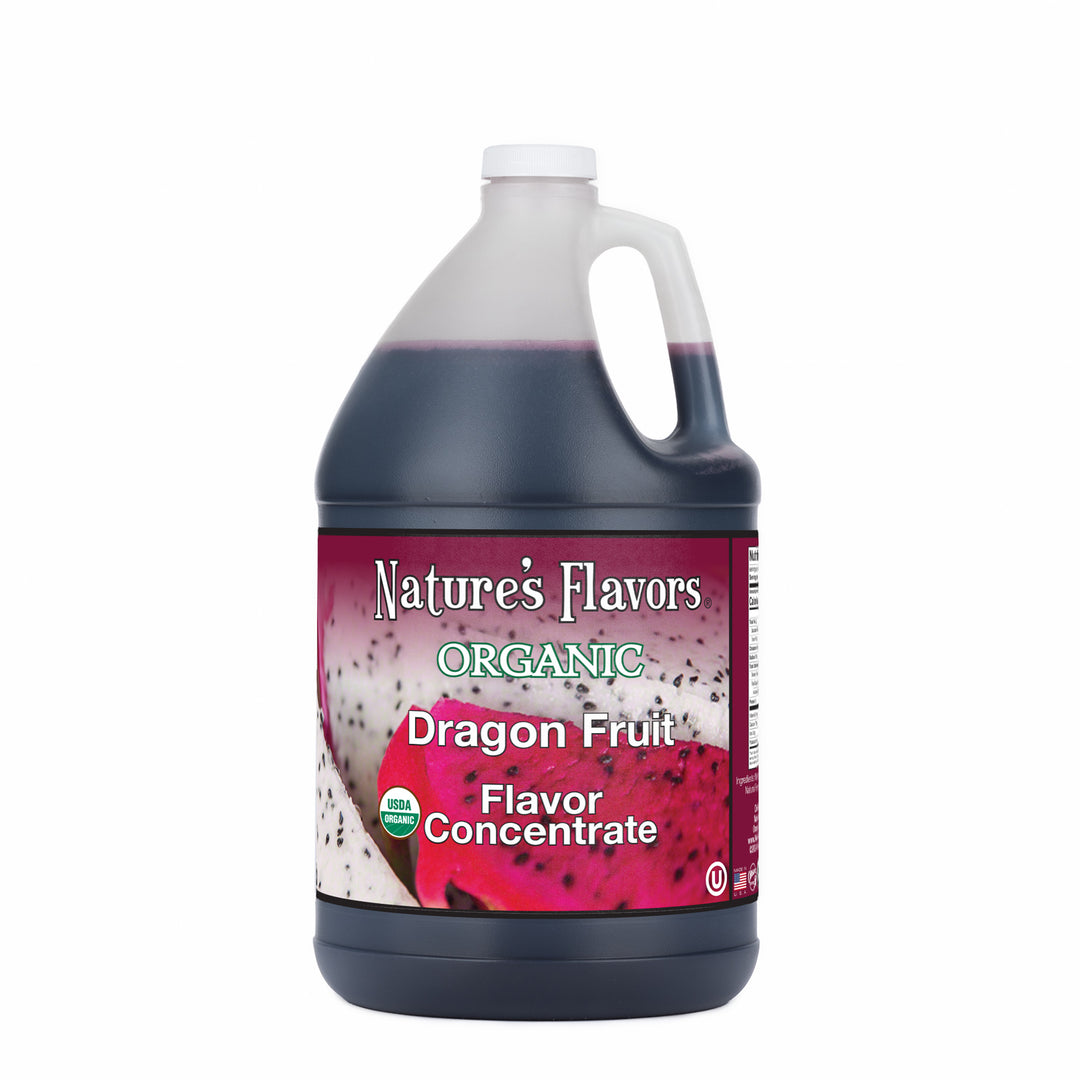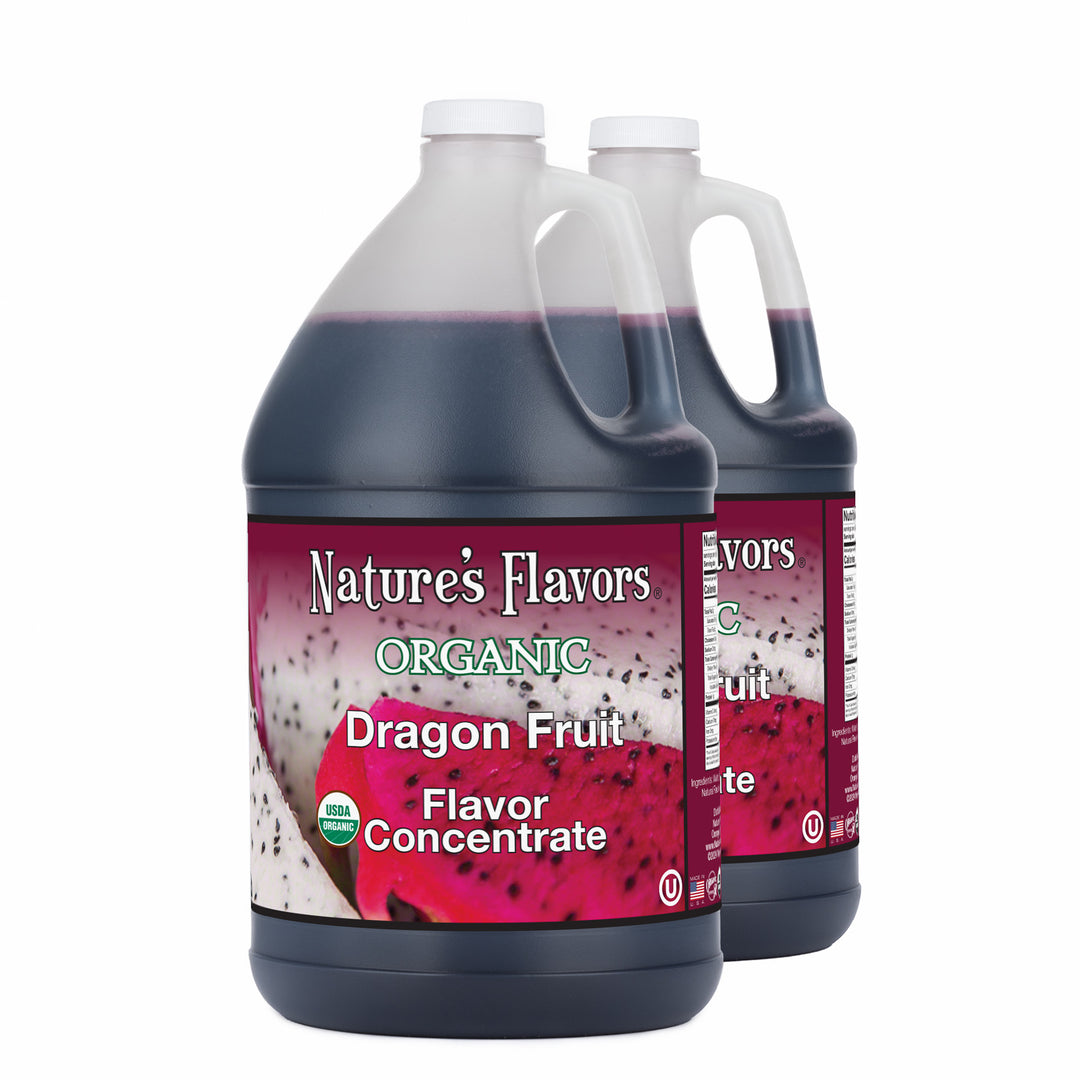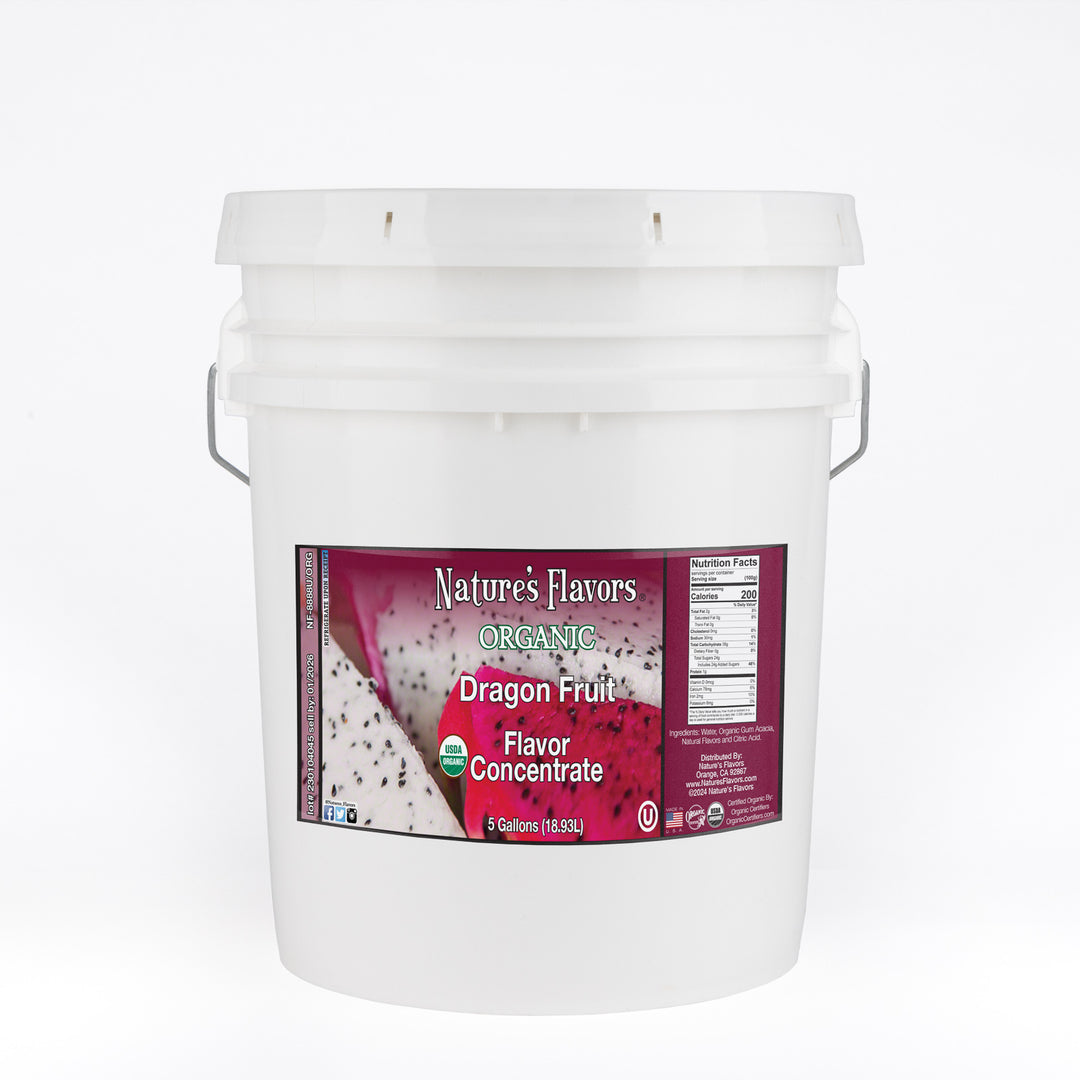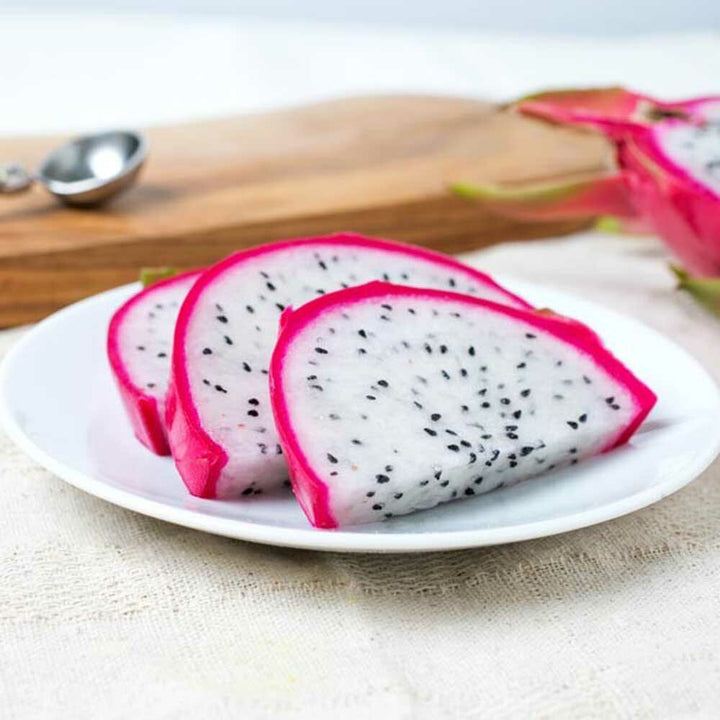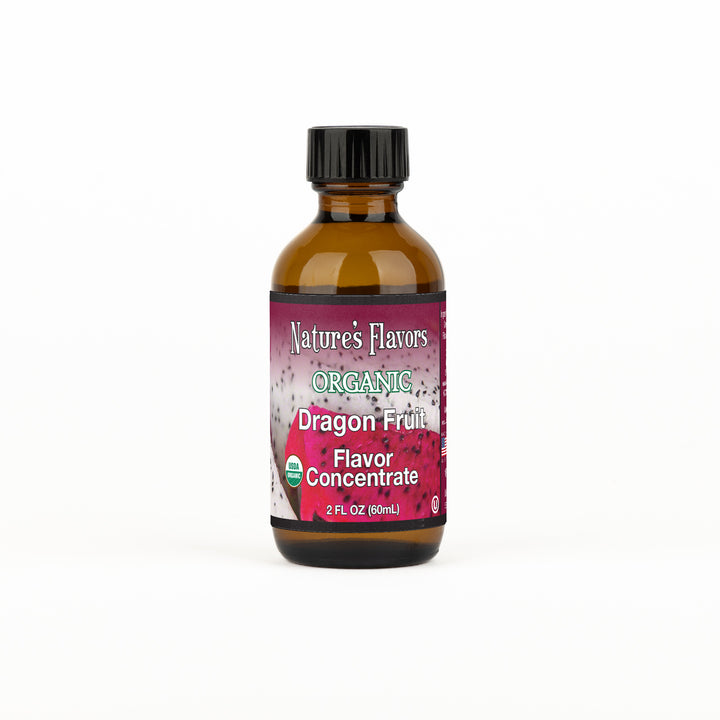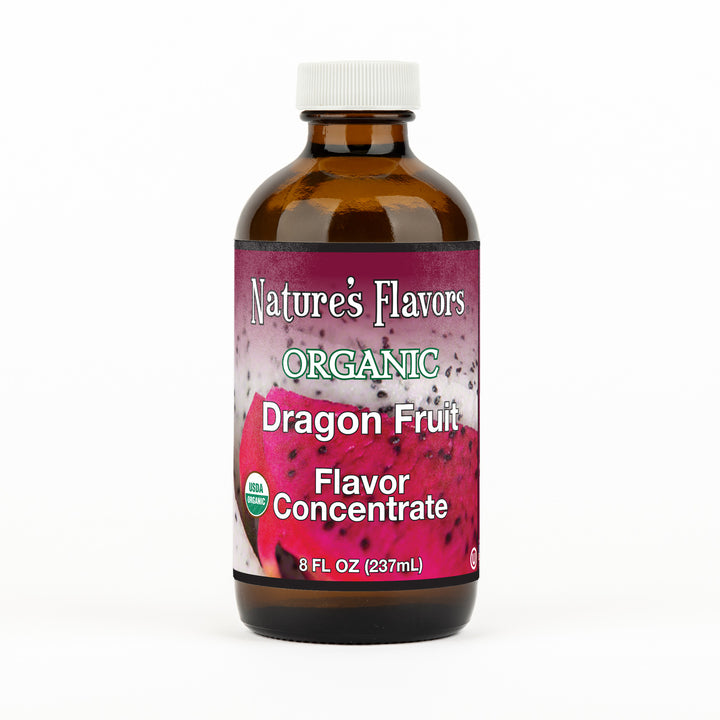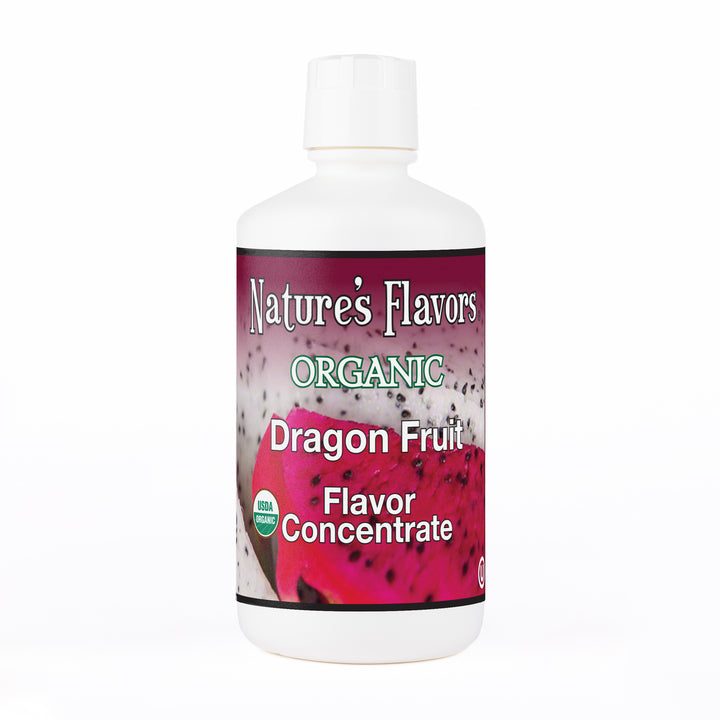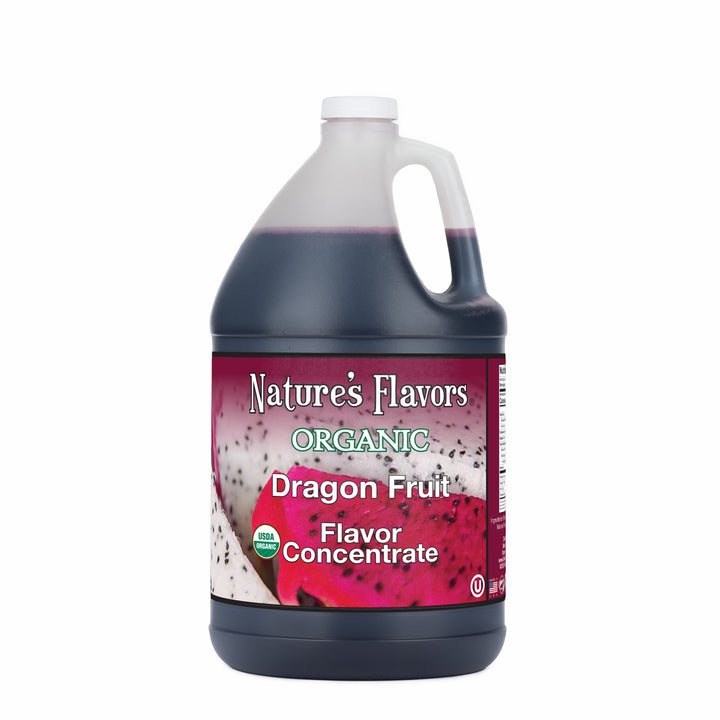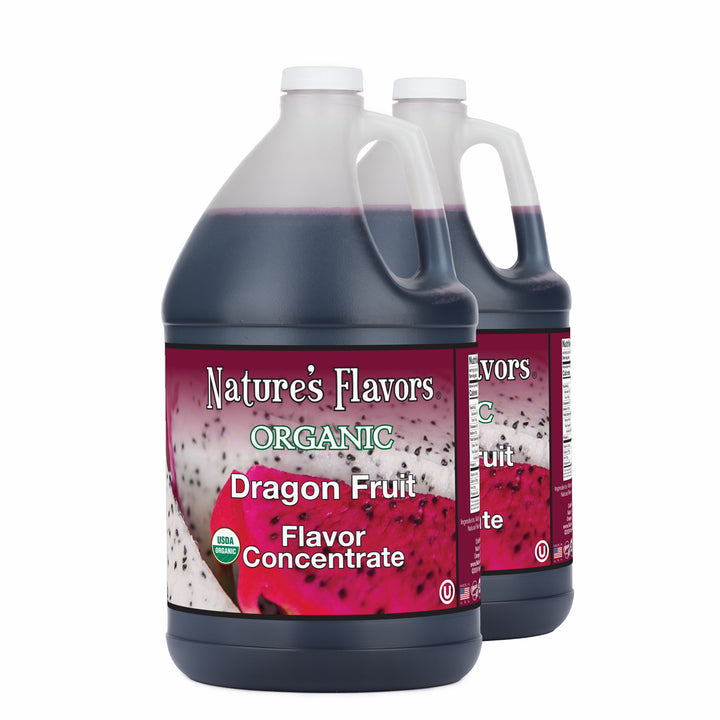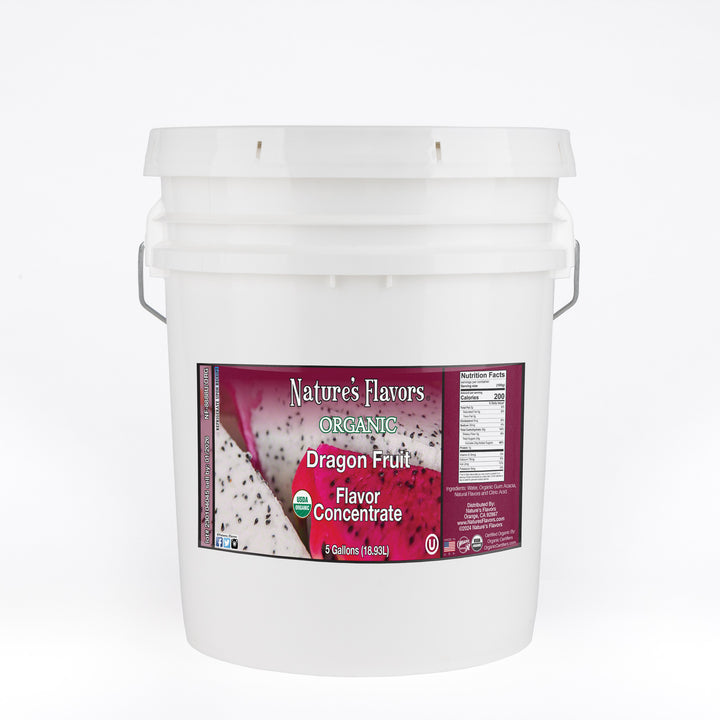Dragon fruit is one of the most mysterious flavors. As The Flavor Guy, I have gone through great lengths to study this fruit. Recently, I ventured to Cambodia and Vietnam to study the dragon fruit. In many parts of the world, it is also called pitaya. What I discovered is that it comes in many various colors in different countries. It is served in many restaurants, especially as a breakfast fruit or in smoothies.
As a flavor chemist, I'm always looking for the most unique flavors I can bring back to the United States and introduce them to customers. In 2014, on a trip to Cambodia, I discovered the magenta hued dragon fruit and experienced its very pleasant flavor. It was so different from the white fleshed fruit, which I first tasted 20 years earlier on a trip to Guanzhou, China. The dragon fruit with the white flesh has little to no flavor at all and is really more about texture and its unusual white and speckled center.
The colorful dragon fruits are very flavorful and a real treat. Chemical analysis on both GC/MS and HPLC reveals that white fleshed dragon fruit has a lot less going on than the red, purple, or magenta colored varieties. At the time of writing this article, I'm in Kauai, Hawaii checking out the dragon fruit that grows here. It seems that the whole world is discovering this unique flavor.
The flavor of the red dragon fruit is amazing it is sweet with a slight acidic background. It has a subtle berry flavor. Analysis of the flavor reveals a very high ester count with a range similar to grapes and berries. More about the flavor components later.
This dragon fruit flavor is designed for use in baking, dairy, beverages, and any application where a water-soluble flavor with a high-heat tenacity is needed.
Welcome to Nature's New Flavor House.
-
SHOP
-
-
-
Trending Products
- Quillaja Extract
- Red Food Coloring, Natural
- Vanilla Flavor Oil for Lip Balm, Organic
- Citric Acid Powder - 100% Food Grade
- Cherry Snow Cone Syrup, Organic
- Key Lime Flavor Extract, Natural
- Vanilla Flavor Powder, Natural
- Butter Rum Flavor Extract, Natural
- Cola Flavor Emulsion for High Heat Applications
- Bulgarian Rose Fragrance Oil, organic
- 45 Years of R&D
- Legacy Site Order History
- Wishlist
Your cart is currently empty.
-
- View all
- Quillaja Extract
- Red Food Coloring, Natural
- Vanilla Flavor Oil for Lip Balm, Organic
- Citric Acid Powder - 100% Food Grade
- Cherry Snow Cone Syrup, Organic
- Key Lime Flavor Extract, Natural
- Vanilla Flavor Powder, Natural
- Butter Rum Flavor Extract, Natural
- Cola Flavor Emulsion for High Heat Applications
- Bulgarian Rose Fragrance Oil, organic
- 45 Years of R&D
- Legacy Site Order History
- Wishlist
Flavor up your inbox - sign up now for exclusive recipes, flavor inspiration, and special offers!


